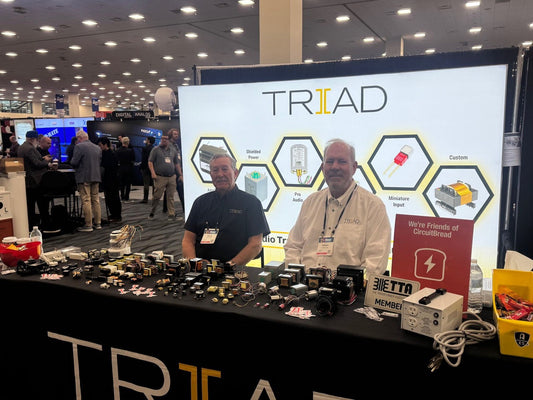We spend a lot of time chasing low distortion, and that's a good thing.
Regardless of how much energy we're investing in the chase for lower numbers, I think it's important to remember distortion isn’t a singular beast. Some distortions are tolerable, even pleasant, while others ruin the experience.
Take harmonic distortion—it’s often benign. A touch of second-order harmonic distortion, for example, can add warmth and richness, which is why tube amps are beloved by many. But intermodulation distortion (IMD) and transient intermodulation distortion (TIM)? Those are really aggressive and unwanted.
IMD occurs when multiple frequencies mix in ugly, unnatural ways, creating tones that weren’t in the original music. It’s chaotic and harsh. TIM, on the other hand, results from an amplifier struggling to handle rapid changes in signal. It smears transients, robbing music of its detail and attack.
So yes, we want "low distortion," but it’s more about which distortion we eliminate.
The goal isn’t just numbers—it’s getting closer to the music.








